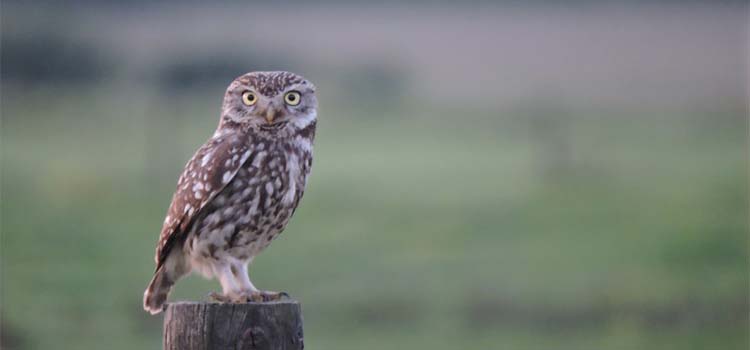By Gwenaelle Vandendriessche, translator at Right Ink
Right Ink is lucky enough to have a nature lover and keen birdwatcher on its team. In this post, Gwen explores her scientific knowledge to illustrate the importance of using the right terminology, with a particular focus on Latin binomial nomenclature. Some interesting thoughts that will be of particular interest to writers and translators.
From those with a passing interest to ornithologists and serious twitchers, more and more of us are starting to get interested in birds, as demonstrated by the many articles and books published on the subject.
When they want to talk about a certain scientific characteristic, authors will often use the Latin binomial nomenclature that follows the system introduced by the famous Swedish naturalist, Carl Linnaeus. However, because of their popularity, bird species all have popular and common names, and writers often feel that adding the Latin name is superfluous to requirements.
Common names: a potential source of confusion
These common bird names can wrong-foot allophones, and even result in mistakes. Indeed, it’s unlikely that an English speaker will associate the Dutch name, “Wilde Eend” (literally “wild duck”) with the common water bird we see all the time in our water parks: the Mallard.
In contrast, they may well associate the French name “Mésange Charbonnière” with the “Coal Tit” (another species, the “Mésange Noir” in French), when in fact it actually means Great Tit in English. Similarly an English speaker might think that a francophone who mentions a “Puffin des Anglais” is talking about a Puffin, when in fact they are referring to a Manx Shearwater. While these examples might seem striking, they really shouldn’t make us think any less of the diversity of names, as names in different languages can also draw our attention to some interesting characteristics.
“What’s in a name?”
If we take the example of the Black-crowned Night Heron (which tells us a bit about how this bird looks and its nocturnal feeding habits), we discover that its Dutch name is “Kwak”, which describes the sound that it makes, while in French it’s called the “Bihoreau Gris”, because of its grey feathers. Similarly, while the English name Lapwing describes the way this bird flies, leading predators away from its babies by letting its wings drag as though it is injured, its Dutch name, “Kieviet” echoes the noise it makes. But in French, it’s known as a “Vanneau Huppé”, reflecting its crest of feathers (“huppe” means “crest”).
Lastly there is the Nuthatch: the English name derives from nut hacker, describing the way this bird opens nuts by jamming them into a crevice then hammering at them. Its Dutch name, “Boomklever”, literally means “something that sticks to trees”, reflecting the way that it clings to trunks and branches, while in French it’s known as a “Sittelle Torchepot” – “torchis” refers to “cob” and describes the way that this bird uses mud and dead leaves to reduce the size of the opening to the cavity in which it nests.
These examples demonstrate how, even if it’s essential to check the binomial Latin name to make sure a translation is scientifically correct, the diversity of common names is a wonderful treasure trove, and it would be a real shame to ignore that.
The importance of terminology
More generally, when it comes to translating scientific texts, the Right Ink team is well aware of these quirks, and has all the tools and expertise required to translate this kind of document with all of its specialist terminology. As you can see, to translate scientific texts, whether they’re about birds or something else entirely, you need more than one feather in your cap.
Find out more
Species around the world: https://www.worldbirdnames.org/new/
Species in Belgium: observations.be
English-French glossary of bird names: https://www.oiseaux.net/birds/europe.html
